Visits, a research project by Alice Thudt, Dominikus Baur, and Sheelagh Carpendale from the University of Calgary, is an exploration of your personal location history.
With visits you can browse your location histories and explore your trips and travels. Our unique map timeline visualization shows the places you have visited and how long you have stayed there. Add photos from Flickr to your visits and share your journey with your family and friends!
Visits works with geo-tagged Flickr albums, data from Openpaths and Google Location Histories. It runs locally in your browser, so no sensitive data is uploaded to our servers. When you share your history, it is up to you how much detail visits reveals and what remains private.
Simply plug your data in and explore short trips or even better, look at long-term location memories. The focus is less on analytics and numbers and more on helping you remember where you’ve been. [Thanks, Dominikus]

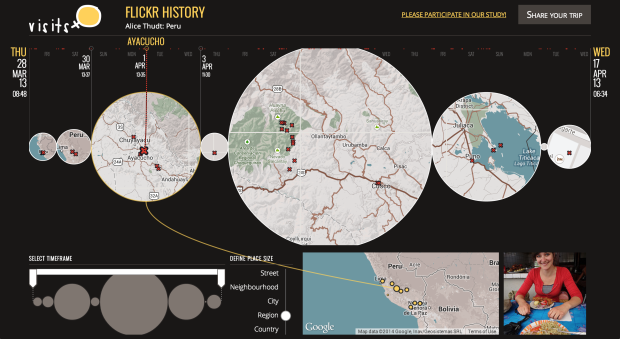
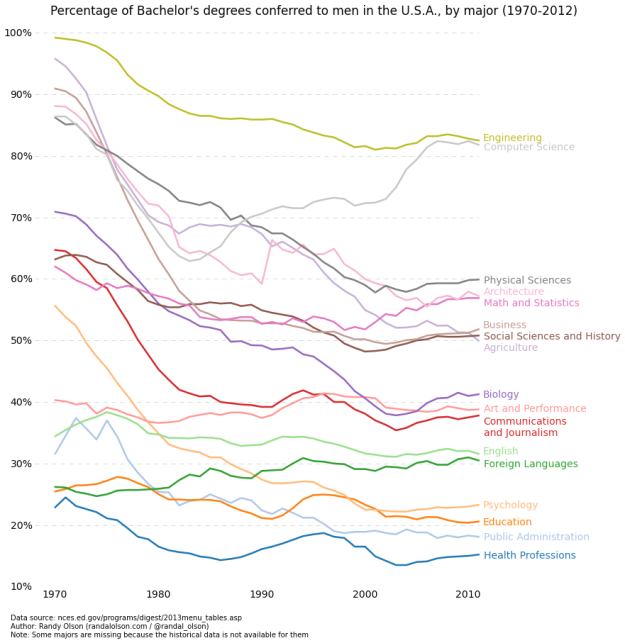

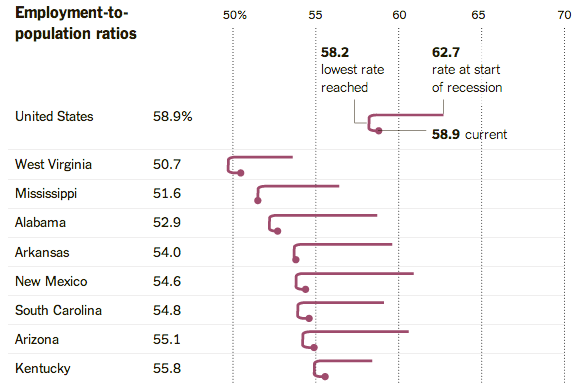

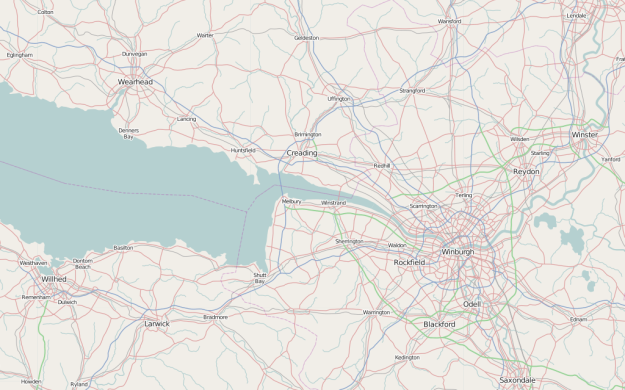
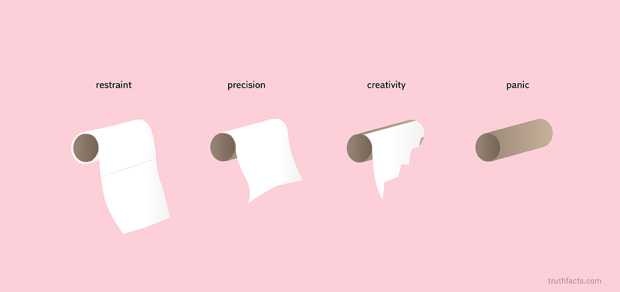
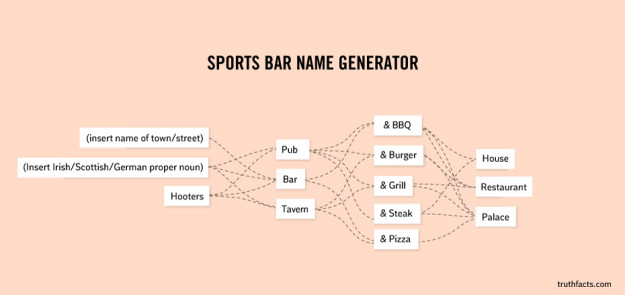
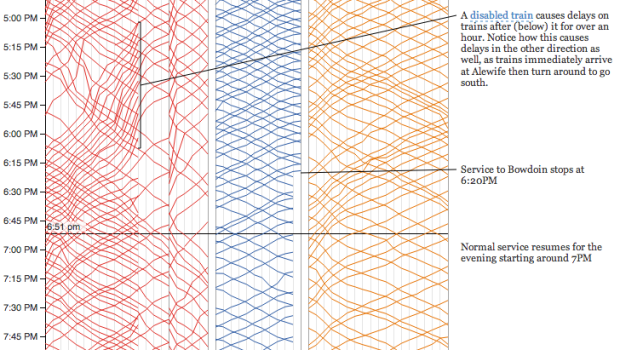
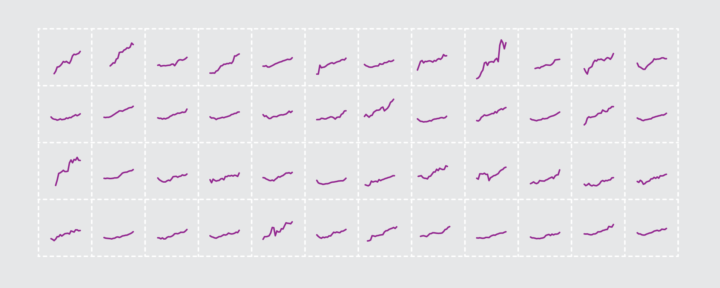
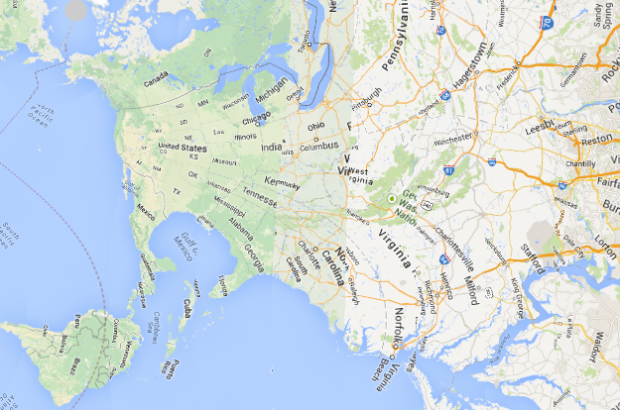


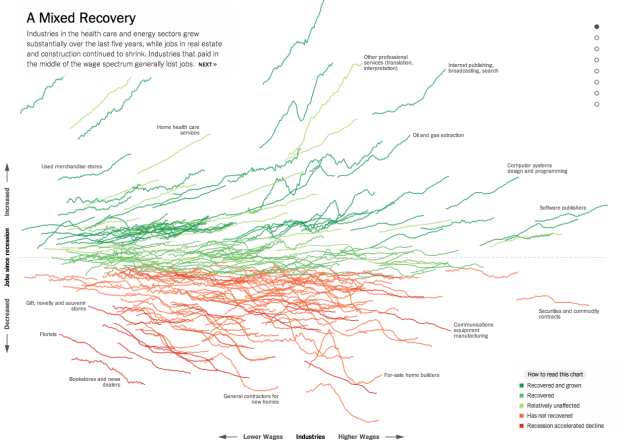
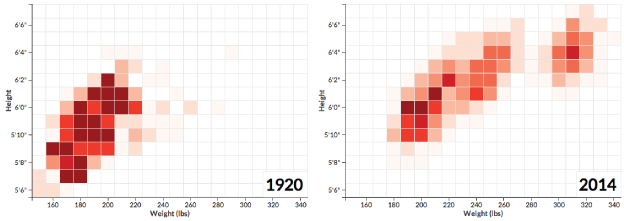


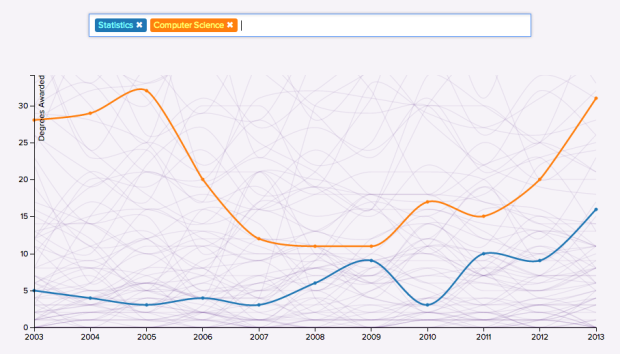
 Visualize This: The FlowingData Guide to Design, Visualization, and Statistics (2nd Edition)
Visualize This: The FlowingData Guide to Design, Visualization, and Statistics (2nd Edition)










